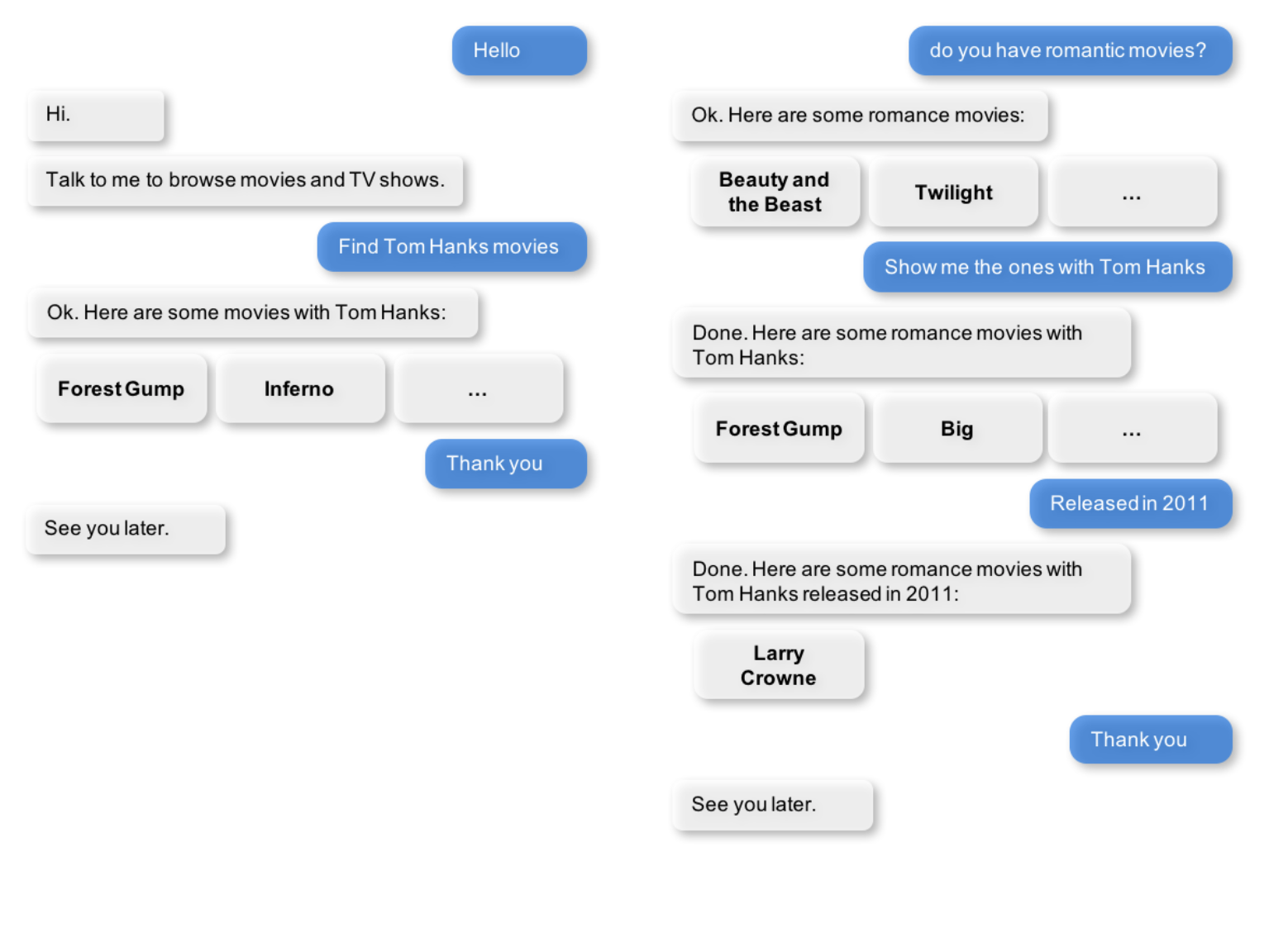Many conversational artificial intelligence (AI) bots have been successfully deployed, and they are becoming quite common. Nearly everyone today has used or at least heard of Google Assistant, Alexa or Siri, for example. There are also many other conversational AI bots that can be configured to perform a certain type of task. MindMeld is one of those conversational AI platforms that enables development of custom bots.

MindMeld, a startup founded in 2010, was acquired by Cisco in 2017. In 2019, Cisco open-sourced the MindMeld tool set under the Apache 2.0 license. Cisco also provided detailed documentation in the form of a user guide, algorithms, installation guide and four ready-to-use examples that they call blueprints.
A MindMeld blueprint comes with a pre-configured and pre-trained model. A user can quickly instantiate and run a conversational AI bot out of the box. The user can then extend the model and customize it with proprietary data, which the user does not need to upload to a shared cloud.
One of the blueprints in MindMeld is video selection, which allows end users to browse and find content from a large catalog. The following figure shows two sample conversations.

Figure: Two examples of conversations with a video-selection blueprint bot (Source: MindMeld documentation)
The above blueprint bot has two domains: one handles content related questions and the other handles unrelated questions. Each of these domains supports some pre-configured intents within itself. For example, the content-related domain supports intents like greeting, browsing, etc. The browsing intent, in turn, uses natural language processing to map end-user input to entries in the catalog. This step is called entity recognition. All these steps and processes are explained here.
As a starting point, a broadcaster can implement this blueprint with its own catalog. If the broadcaster wishes to enhance the conversational bot to support weather- and news-related conversations, the broadcaster can add additional weather and news domains along with the video-selection domain. Of course, the new domains will have their own set of intents and associated entity recognition modules, but the blueprints provide a good starting point for creating a conversational bot, and an organization can later scale up the capabilities of that conversational bot, if it wishes.
Using MindMeld, one of the 2019 PILOT Innovation Challenge winners is building a conversational AI bot suitable for radio stations. The winning team will demonstrate this AI bot this fall. We will also set up this demo in the Technology Showcase area in NAB’s new building.
MindMeld makes it relatively easy to set up a functional AI conversational bot without sharing proprietary data or intellectual property outside the organization. MindMeld thus offers an enterprise-grade but low-cost solution for broadcasters who want to try out conversational AI bots for their stations. Further information is available here.

